Art Fairs
Squishy Tables and Light Shows: An Insider’s Look at a Refreshed Salone del Mobile, the World’s Top Design and Furniture Fair
Held in Milan, the design industry's most important event left no stone unturned.
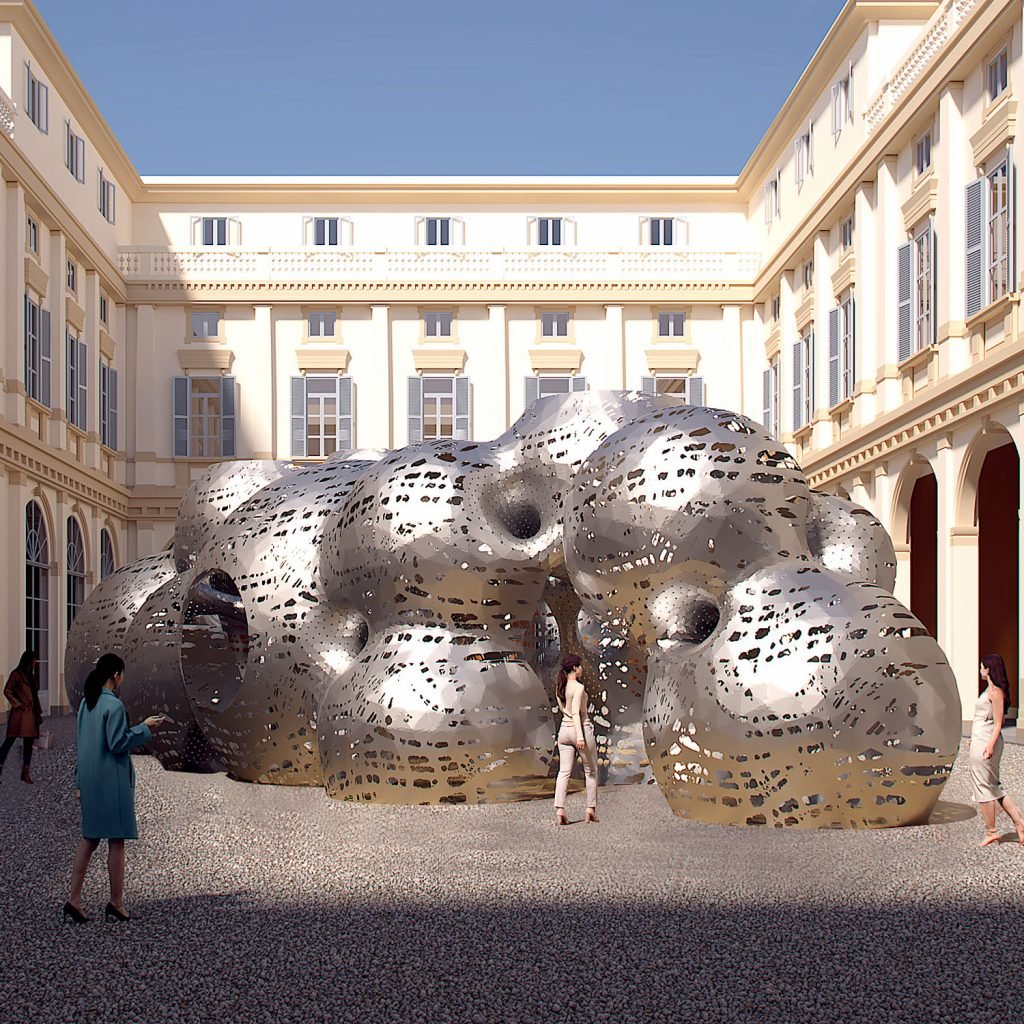
Held in Milan, the design industry's most important event left no stone unturned.

Adrian Madlener

Anchored by the world’s foremost furniture fair, Salone del Mobile, Milan Design Week is a beast in both scope and scale. Held this year from April 17 to 23, the event took over every corner of the northern Italian metropolis with exhibitions, public installations, interactive activations, parties, and even a bar pop-up—all showcasing the latest developments in contemporary design.
The 61st edition marked the return of the event to its original time of year, with some 2,000 exhibitors from 37 countries. Salone organizers said that visitor turnout increased by 15 percent over 2022, soaring well above 300,000. “We are presenting a reworked edition, fresher, and more accessible, vital, and vibrant,” said Maria Porro, president of Salone del Mobile Milano. “It will be a Salone packed with new things and open to cross-pollinations. Design and furnishing are fueled by science, technological research, art, photography, digital communication, publishing, and lots more.”

David Rockwell’s Constellations collection for Lasvit. Courtesy of Salone del Mobile.
The returning fair-within-a-fair Euroluce started things off, again focusing on innovations in lighting design. In this space, Czech brand Lasvit unveiled Constellations, a lighting collection developed by celebrated New York architect David Rockwell to mimic star formations. Elsewhere, Tom Dixon debuted his new Puff Light range, including a “collaborative robot” that demonstrated the evolution of customizable manufacturing.
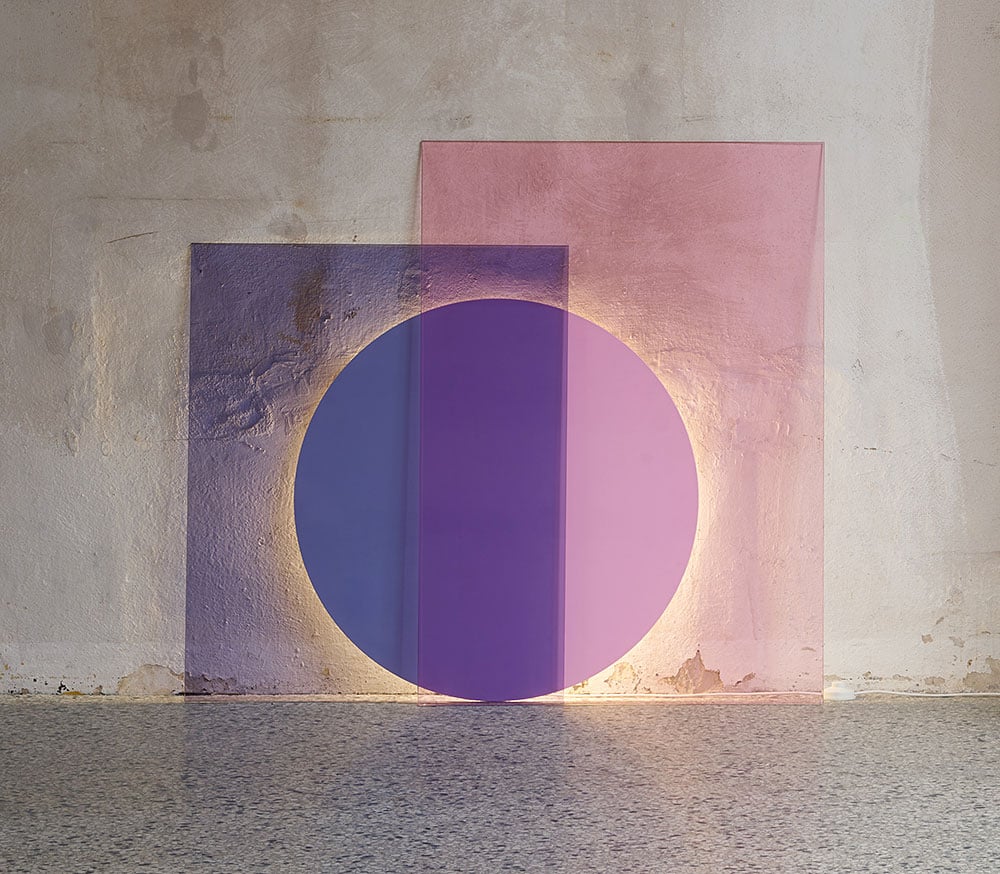
The COLOUR floor lamp by Norwegian designers Daniel Rybakken and Andreas Engesvik, part of Salone Satellite. Courtesy of Salone del Mobile.
This year’s Salone also played host to Salone Satellite, an extensive portion of the fair dedicated to spotlighting emerging designers. Mounted by industry veteran and Salone communications director Marva Griffin, Satellite featured a comprehensive survey of 550 fresh talents from across the globe. It also brought back over 30 leading design universities, among them New York’s Pratt Institute and the Design Academy Eindhoven, the school that helped spawn the likes of Sabine Marcelis and Maarten Baas.
Across town, itinerant platform Alcova served as an important hive of activity. Mounted in a derelict slaughterhouse slated for demolition, this year’s exhibition brought together an eclectic array of 300 designers, startups, galleries, and cultural institutions—all championing a craft-led, experimental approach. Joining cooperatives such as Basketclub—an Instagram-based project challenging the traditional parameters of the trade—were more established designers like Lindsey Adelman. The New York lighting artist presented one-off luminaires inspired by meditation; the carefully assembled chandeliers stemmed from her exploration of in-between spaces.
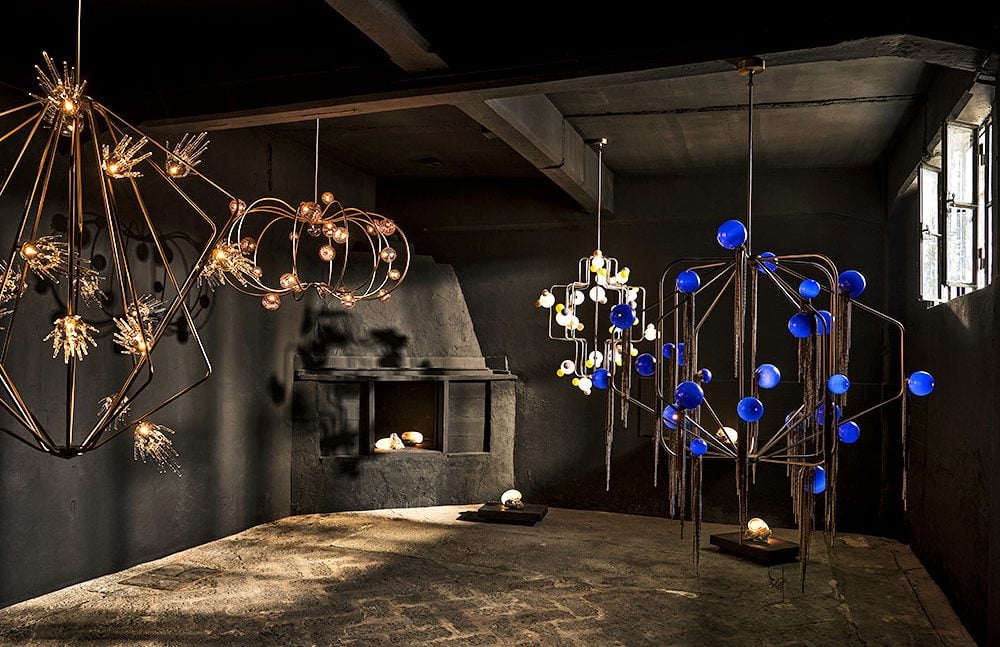
Lindsey Adelman’s chandeliers, part of Alcova. Courtesy of Salone del Mobile.
A critical consideration of sustainability was also a common theme throughout Salone. Among the more eye-catching, Toronto-based practice Stacklab unveiled the latest iterations of its recycled fabric furniture. The idea of hosting the exhibition in an abandoned space like Alcova, where nature has essentially taken over, made clear the urgency of ecological efforts.
Another way design is moving forward is through a willingness to work across industries. A name heard throughout Milan Design Week, Luca Nichetto launched a raft of products with everyone from Gebrüder Thonet Vienna and Lladró to Steinway & Sons. Paying homage to Gio Ponti, the godfather of Milanese architecture and design, Nichetto developed the Ginori 1735 Domus collection in collaboration with Italian heritage brands Barovier&Toso (glassblowing) and Rubelli (textiles).
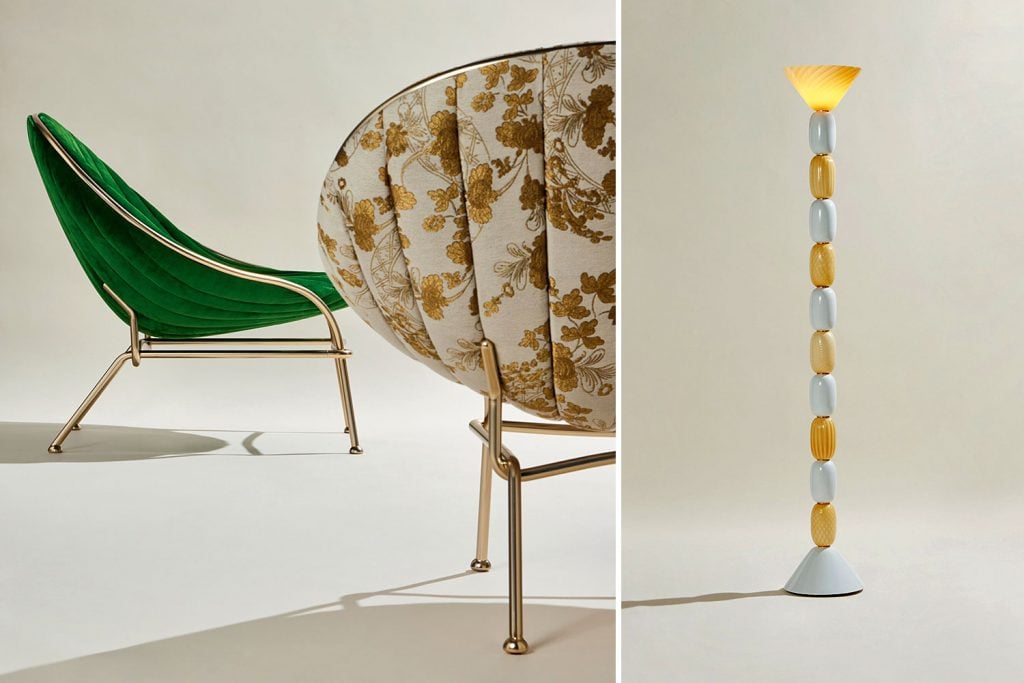
Ginori 1735 Domus collection by Luca Nichetto with Rubelli (left) and Barovier&Toso. Courtesy of Salone del Mobile.
“I think Milan is back,” Nichetto told Artnet News, musing on the current design climate. “You can see that companies are finally taking more risks and putting out bold products. With the current political climate in Europe and elsewhere, people are expressing themselves a lot through what they want to surround themselves with—objects that have more personality and feeling.”
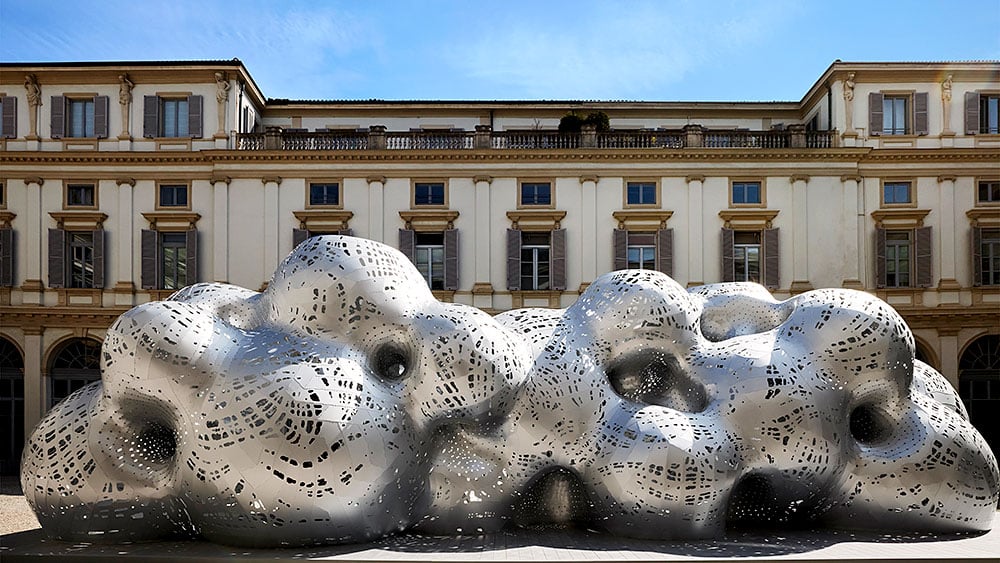
Louis Vuitton’s Marc Fornes-designed installation space in Milan. Courtesy of Salone del Mobile.
Displays by fashion houses have become another staple of Milan Design Week, as the industry—which is based in the city—moves into the home-product sphere to build out broader ecosystems for their customers. This edition saw buzzy entries from Hermès, Fendi, and La Prairie, which tend to be some of the most visited installations. Louis Vuitton, too, presented 11 additions to its ever-growing Objets Nomades collection inside a bubble-like structure conceived by French architect Marc Fornes at the historic Palazzo Serbelloni.
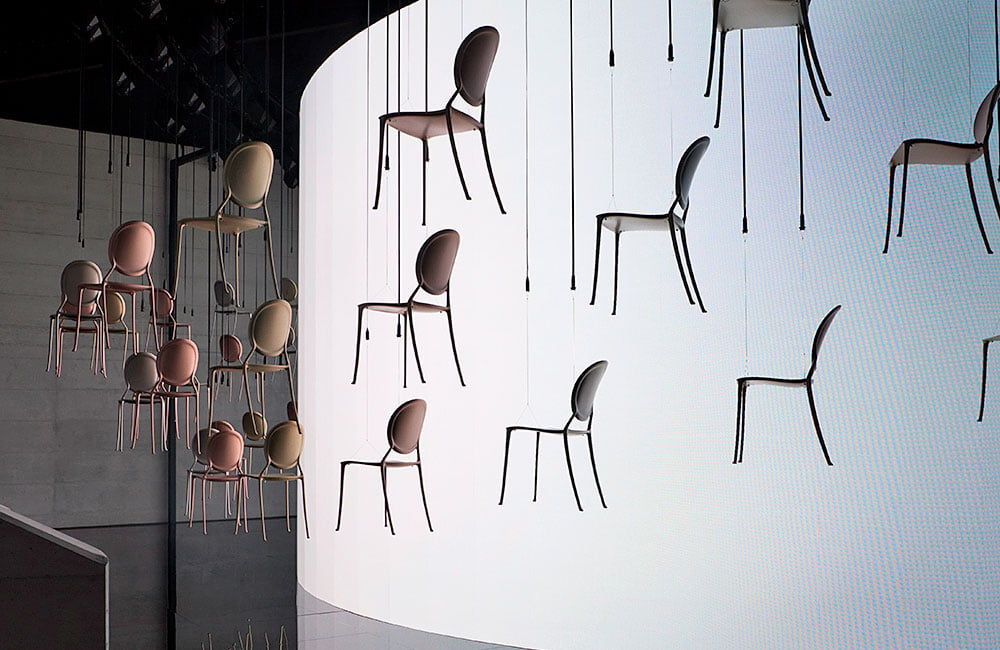
Dior’s Monsieur Chairs by Philippe Starck. Photo: Adrien Dirand. Courtesy of Salone del Mobile.
Dior unveiled the latest iteration of its Philippe Starck-designed Monsieur Dior chair, a play on the brand’s signature Medallion icon, with a cinematic display incorporating animated line drawings and perfectly timed descending chairs.
Prada teamed up with leading design research studio FormaFantasma to once again stage the Frames panel series—bringing together top academic voices such as Hans Ulrich Obrist and MoMA curator Paola Antonelli to discuss topics including material lifecycles and the global governance of production infrastructure.
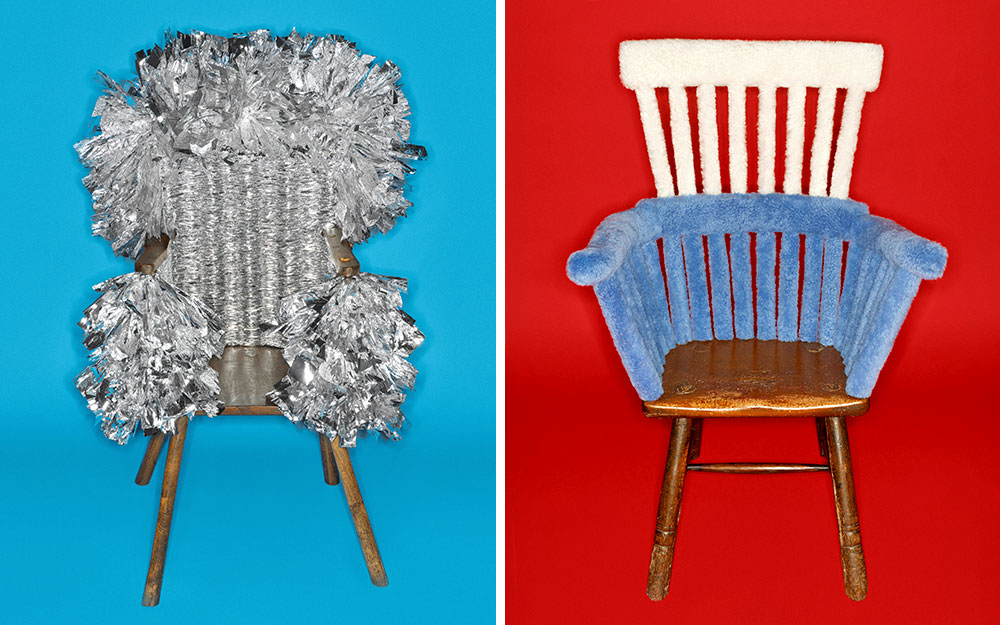
Artisanal chairs by Loewe. Courtesy of Salone del Mobile.
A consummate supporter of reviving traditional crafts, Spanish fashion house Loewe debuted a series of chairs interwoven with raffia and other textile components. The 50 or more unique items were put up for sale during the exhibition—and for relatively affordable prices.
Salone del Mobile and Milan Design Week have traditionally focused on the contract and home furnishing industries—design products engineered for commercial, workplace, hospitality, and domestic spaces. But as the event has grown in the past two decades, space has been carved out for other facets of the industry. Owing to these progressively blurred definitions, galleries like hometown powerhouse Nilufar have begun to stake their claim.
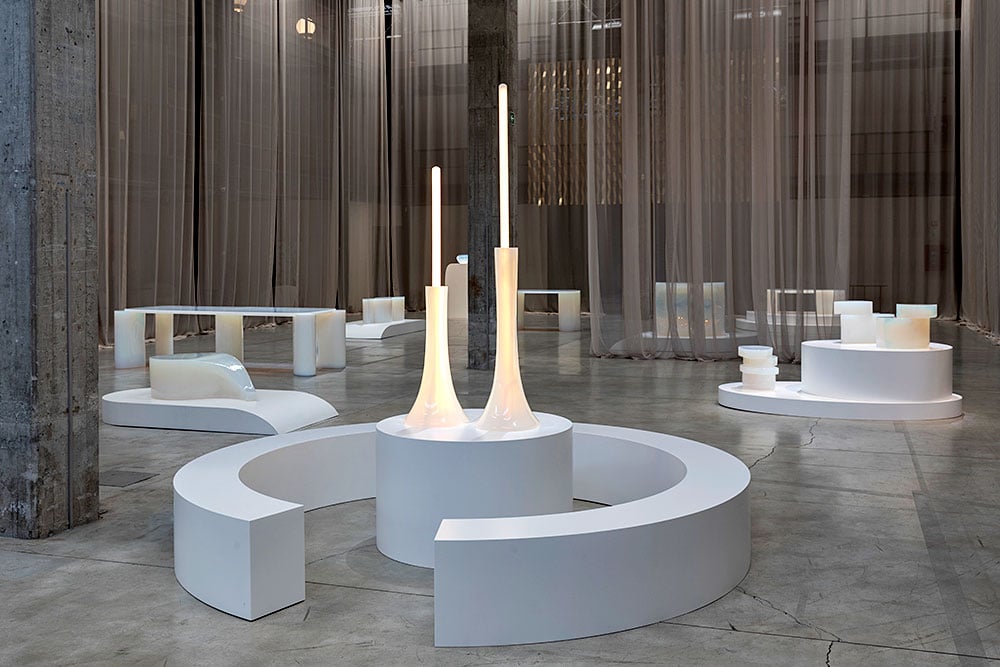
Objects of Common Interest’s Poikilos collection for Nilufar. Photo: Ruy Teixeira. Courtesy of Salone del Mobile.
At Nilufar’s Depot space this year, renowned New York-based Greek duo Objects of Common Interest revealed a series of gelatinous yet contained furnishings. The designers said the Poikilos collection stemmed from an exploration of ethereality and iridescence.
Design company Nendo and Daniel Arsham collaborated on a series of unique furnishings predicated on the artist’s controlled, rock-like destruction of Nendo’s minimalist designs. Meanwhile, Galerie Philia staged its “Desacralized” group show inside a disused church on the south side of the city. Dramatically presented, the exhibition featured 15 all-white works commissioned expressly for the show, each addressing the tension between the spiritual and non-spiritual.
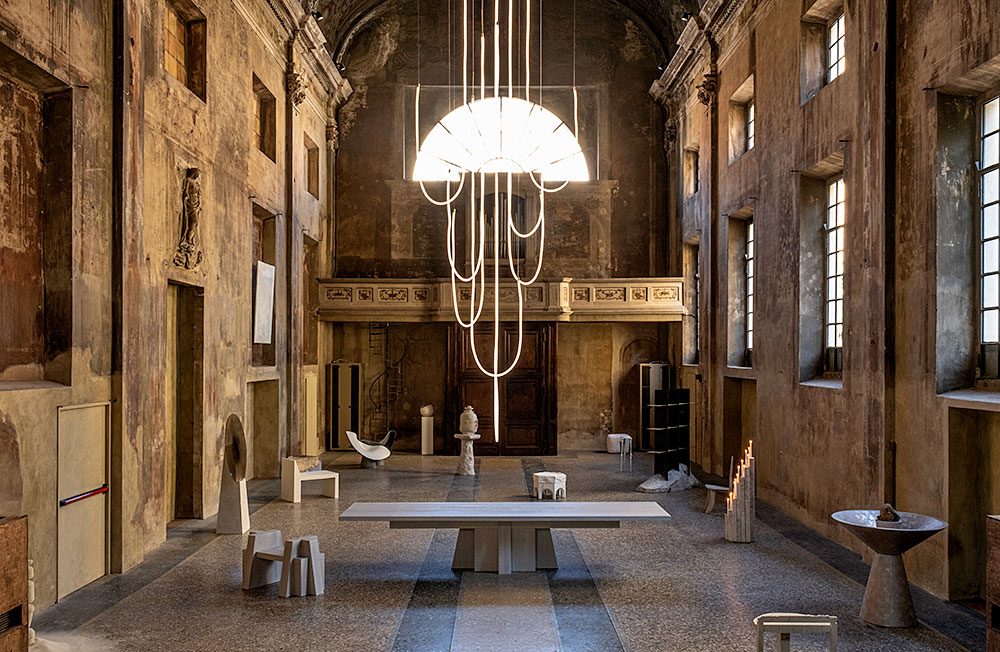
Galerie Philia’s “Desacralized” exhibition in a disused church. Photo: Maison Mouton Noir. Courtesy of Galerie Philia.
For her part, celebrated Portuguese fiber artist Joana Vasconcelos created a wild, pastel-toned outdoor collection called BomBom for French furniture brand Roche Bobois. “As an artist I’ve been able to offer the brand a new perspective and way of thinking about things differently,” she reflected. “Like developing a sofa back that can be moved around. Working closely with the manufacturer has taught me a lot of new technical skills.”
The artist also crafted one of her site-specific Valkyries sculptures for the brand’s Milan showroom, in a move away from a traditionally rectilinear and beige typology of furniture. The snake-like form, not unlike similar show-stealing works she’s made for Dior runway shows in recent years, is created through an amalgamation of discarded fabric.
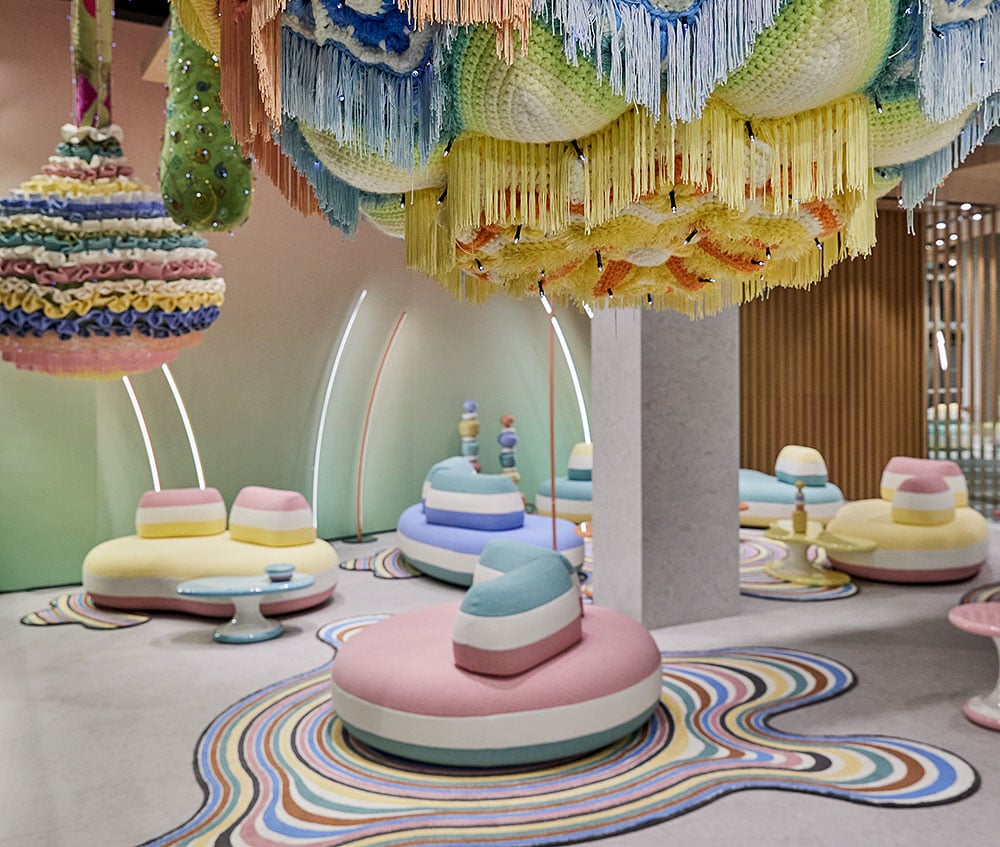
Joana Vasconcelos’s pastel-toned BomBom collection for Roche Boboi, with her hanging Valkyries sculpture. Courtesy of Salone del Mobile.
Other immersive installations included Google’s “Shaped by Water”—interactive pools that respond to human movement and music compositions to form unique patterns in sequences. American manufacturer Kohler commemorated its 150th anniversary with an expansive installation featuring four women artists and a large aerial fiber work by Janet Echelman suspended across the grand courtyard of Palazzo del Senato.
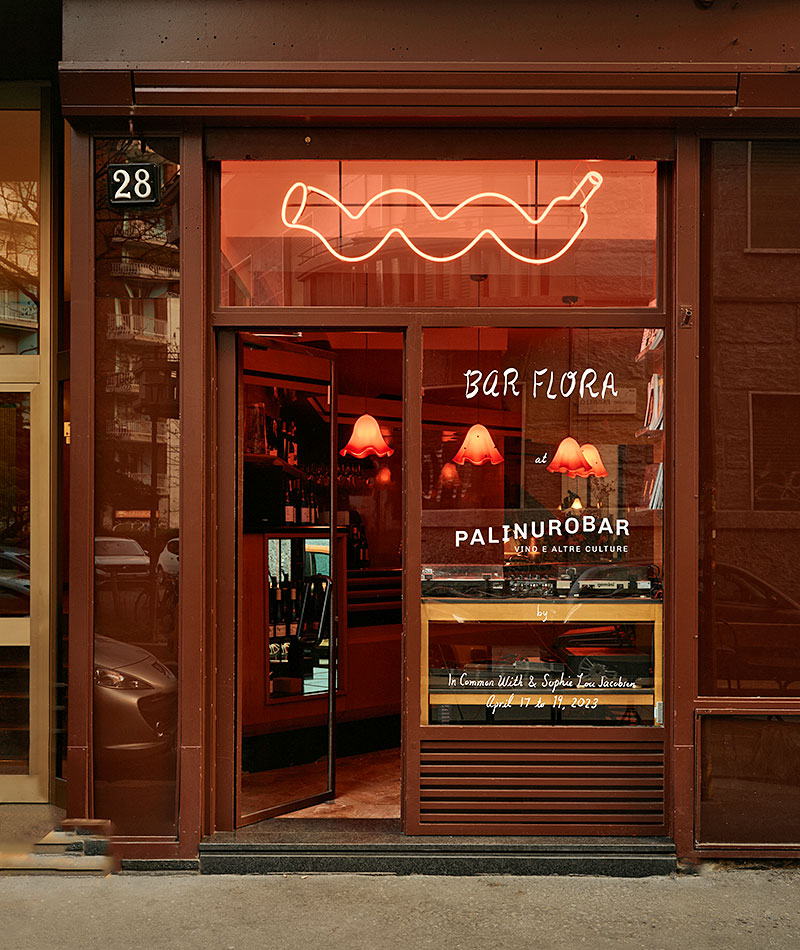
Bar Flora, by Sophie Lou Jacobsen and In Common With. Courtesy of Salone del Mobile.
To round out the week, New York-based design studios Sophie Lou Jacobsen and In Common With mounted Bar Flora, a pop-up near Porta Venezia that served as an important respite for the intrepid visitor looking to rest their feet and brain before dashing off to the next event.